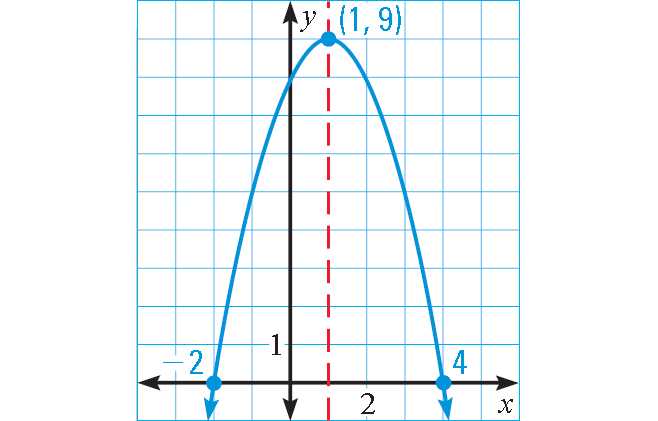
The kinds of numbers that can take on any fractional or integer value between specified limits are categorized as continuous, whereas values that are usually restricted to whole-number values are called discrete. Usually, countings and enumerations yield discrete data, while measurements yield continuous data.ĭiscuss and distinguish between discrete and continuous values. Similarly, data can be discrete or continuous. It can also assume any value between these two numbers. The height of a person can be 70 inches or 70.1 inches. It can be $1,000 or $1,000.01, but it cannot be between these two numbers. The income of an individual is a discrete variable. The variable can be discrete or continuous. A set of all the possible values of a variable is called its domain.įor a toss of a die, the domain is. A variable can assume any of its prescribed values. Variables will be denoted by symbols, such as x, y, z, t, a, M, etc. The reliability of the extrapolation cannot be measured in probabilistic terms. His data may not reflect religious habits of 20-year-old males in the United States but rather the religious habits of 20-year-old males in the city that was surveyed. In drawing conclusions about the target population, the researcher must be careful. The target population consists of the 20-year-old males in the United States. The sample population consists of the 20-year-old males in the city that the sociologist samples. What problems arise in drawing conclusions from this data? Describe the sample and target populations. He draws a sample from the 20-year-old males of a large city to make his study. Suppose that a sociologist desires to study the religious habits of 20-year-old males in the United States. The population consisting of all possible outcomes in successive tosses of a coin is infinite.ĭescriptive or deductive statistics collects data concerning a given group and analyzes it without drawing conclusions.įrom an analysis of a sample, inductive statistics or statistical inference draws conclusions about the population. The population of all television sets in the USA is finite. Based on that study of a sample of 400,000 children, it was decided that the Salk vaccine was effective for the entire population. After the study was completed, it turned out that 50 cases of polio appeared in the group that received the vaccine, and 150 cases appeared in the group that did not receive the vaccine. Half of the children, chosen at random, received the Salk vaccine the other half received an inactive solution. The sample consisted of 400,000 children. A population can be finite or infinite.įor example, statistical methods were used in testing the Salk vaccine, which protects children against polio. The chosen sample has to reflect as closely as possible the characteristics of the population.

This being the case, one must instead examine a part of the population called a sample. In most cases, it is impractical or impossible to examine the entire group, which is called the population or universe. The first task of a statistician conducting a study is to define the population and to choose a sample. Often, these conclusions come in the form of predictions. Statistics is the science of assembling, organizing, and analyzing data, as well as drawing conclusions about what the data means.


 0 kommentar(er)
0 kommentar(er)
